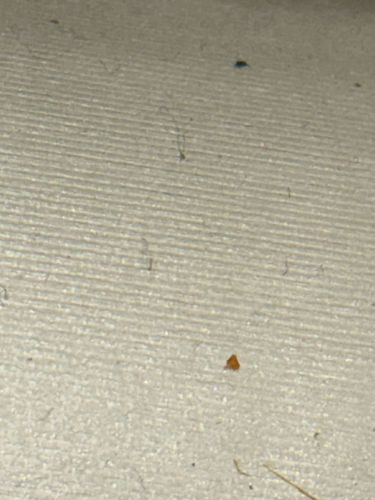Dust Mite
Scientific Name: Dermatophagoides spp. (e.g., Dermatophagoides pteronyssinus, Dermatophagoides farinae)
Order & Family: Order: Sarcoptiformes, Family: Pyroglyphidae
Size: Microscopic, typically 0.2-0.3 mm (0.008-0.012 inches) in length. They are invisible to the naked eye.

Natural Habitat
Commonly found indoors in household dust, especially in bedding, upholstered furniture, carpets, and curtains. They prefer environments with high humidity (70-80%) and moderate temperatures (68-77°F or 20-25°C).
Diet & Feeding
Dust mites primarily feed on shed human and animal skin cells (dander). They also consume other organic detritus found in dust.
Behavior Patterns
Dust mites thrive in warm, humid environments. They feed on dead skin cells and prefer dark, undisturbed areas. They are not typically observed directly due to their microscopic size and sedentary nature. Their life cycle includes egg, larval, nymphal, and adult stages.
Risks & Benefits
Potential Risks: Dust mites are a major allergen for many people, contributing to asthma, allergic rhinitis (hay fever), and eczema. Their fecal pellets and body fragments are the primary triggers for these allergic reactions. Benefits: While not directly beneficial to humans, they are part of the decomposer community in indoor ecosystems, breaking down organic matter.
Identified on: 8/29/2025